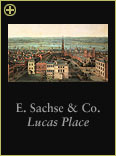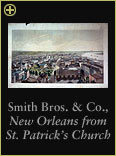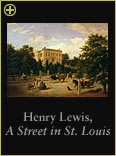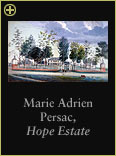









|
 |
 As the river flows south, the high bluffs and dramatic rock formations of the north give way to gentler hills and a broad sweep of prairie. Along the widening river, the 19th-century settlements were larger, and mining interests, especially lead and iron, took precedence over lumber mills. Landscape paintings of the Middle Mississippi Valley reflect these changes. This is not the romantic vision of recently settled northern outposts but the portrayal of sophisticated, well-established communities. The artist Henry Lewis noted the commercial value of the region in his depictions of river ports such as Davenport, Rock Island, and St. Louis. As the river flows south, the high bluffs and dramatic rock formations of the north give way to gentler hills and a broad sweep of prairie. Along the widening river, the 19th-century settlements were larger, and mining interests, especially lead and iron, took precedence over lumber mills. Landscape paintings of the Middle Mississippi Valley reflect these changes. This is not the romantic vision of recently settled northern outposts but the portrayal of sophisticated, well-established communities. The artist Henry Lewis noted the commercial value of the region in his depictions of river ports such as Davenport, Rock Island, and St. Louis.
On the southern reaches of the river, early French settlers had established French traditions. In the 1850s, French artists such as Marie Adrien Persac and Charles Giroux applied aesthetic principles learned in Europe to the New World landscape. The French cultural heritage of the Lower Mississippi Valley is seen clearly in the elegant architecture of New Orleans.



|



